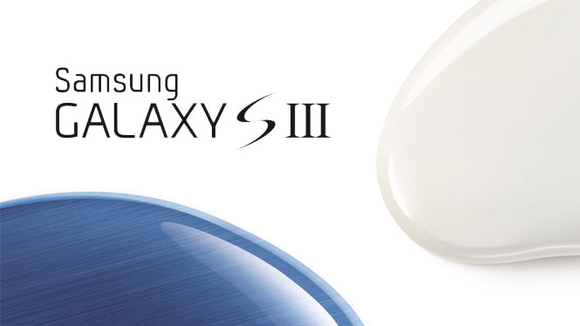
The official specs for the device are stellar. Making the screen 4.8-inches was a smart move, it gives us just a small fraction more room than the Galaxy Nexus and the HTC One X. In all actuality, it out does the Gnex by a little bit more because of the on-screen keys that are incorporated to the Gnex. Samsung needed to step up their game with the camera to compete with HTC and they did. Bringing in an 8MP camera with zero shutter lag and incorporating much of the same software functionality that HTC has. Different technology but same ideas. The idea of a ceramic back plate is dismissed, instead, Samsung with the same plastic design that they are known for. Many say it makes their phones feel cheap, but it doesn’t bother me in the slightest. The two biggest things that worried me the most leading up to today Unpacked event was the battery and the memory. I wasn’t sure if I could handle not having a SD card slot or a removable battery. Thankfully, Samsung stuck true to tradition and included both a an SD slot and removable battery, thank you Samsung.
By now I am certain that a good number of you have had your fill of specs for the device. It is on pretty much every website known to man who has anything to do with technology. So on to the “now what?” section of my thoughts and the questions that this release has now created for me. First and foremost is the design. Personally I kinda like it, but as history has shown, this is not what the US version will look like. The international Galaxy S II and Galaxy Note look completely different from the U.S. variants and some other regions as well. While it is nice to see what it looks like now, I can’t help but wonder what our version will actually look like. Which adds another problem, if you absolutely hate the look of it as it sits and are basing your purchase in the future on that design, I might suggest that you don’t.
The next question that is raised is exactly what are the carriers going to do to screw it up. We know the Tegra 3 and Qualcomm S4 debates are raging on. The S4 is pretty impressive and out performs the Tegra 3 in a lot of areas. The S III is sporting Samsung’s latest quad-core Exynos chip. Will this be the chipset that makes it to the US? Doubtful. We can hope though. We are expecting one of two variants to be our devices, a Qualcomm S4 or Samsung’s newer Exynos 5 Dual processor which is said to use ARM’s Cortex-A15 CPU and Mali-T604GPU. We fully expect the S4 to hit for Verizon, AT&T and Sprint based solely on the LTE services and compatibility. On the T-Mobile front it is a bit of a toss-up. It really could go with any of the three chips, but I won’t hold my breath for quad-core. On a small side note though, the samsungmobilepress site makes a little statement at the bottom that could be concerning to some - * Specifications above may differ on the LTE version.-  along with this statement in the press release
“Samsung Mobile is planning a U.S. version of Galaxy S III, optimized for the fastest LTE and HSPA+ networks in the U.S., which will be available in the summer of 2012.”
Could that mean that there aren’t plans for a T-Mobile version at all? Well, they do mention HSPA+, that is T-Mobile. I hardly think T-Mobile won’t be getting some variant of the S III. It will just be a matter of what chipset and when.
The next question this brings up to me is will the carriers keep the removable battery, SD card slot and screen size. We have seen variants of a device land on multiple carriers with specs that aren’t in line with the international version. The Galaxy S II is a prime example of that. It hit three of the four carriers, but each one was different in some respect. Like the AT&T version had a smaller screen, and the T-Mobile version was more rounded and not so square. All of them however, did not have the center button and the two soft keys, the camera layout was different and backs were different too, just to name a few things.


So my question to you guys is this; Have you already formulated your opinion based solely on the international version? Are you going to wait and see what the U.S. carriers do before you purchase one, or will it even matter at all?








